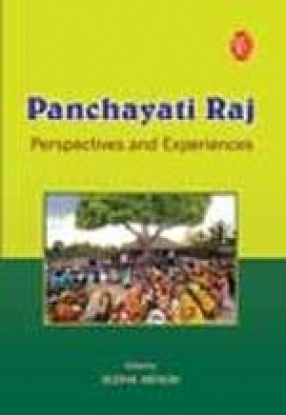Dryland ecosystems support the growing understanding that environment is not a luxury, but a key factor in overcoming poverty and an economic basis for livelihoods, true sustainable development. The people of the world’s drylands face the greatest development challenges. They survive in areas where rainfall can be as little as one tenth of the level in highly productive agricultural zones. Rain also tends to be erratic – with frequent droughts – and often falls all at once, causing brief but destructive floods. More than 1000 million people live in the rural areas of the world’s drylands, which cover some 40 percent of the Earth’s land surface. Economically dependent on agriculture, they are most at risk from land degradation. The vast majority – 94 per cent, by one estimate – of desert dwellers live in developing countries, where population growth rates are among the highest. Since the beginning of the 20th century the number of people living in developing country deserts has multiplied eightfold. Although there are environmental resource problems threatening the livelihood security of people in large parts of the world’s drylands, there should perhaps be more focus on possibilities, not just on problems. Pointing to potentials and possibilities may create more enthusiasm for the task at hand. This book attempts to explore the traditional and modern management approaches to sustainable development of dryland economies, with a discussion on various models of development adopted successfully by different regions in the world. It attempts to cover practices in dryland agriculture, water management, prevention of desertification, dryland livelihoods, etc. The book broadly examines the conceptual dimensions of dryland management and the international efforts to prevent desertification. Apart from Indian scenario, experiences from Israel, Zimbabwe, and Sudan are incorporated.
Managing Dry Lands: Issues and Perspectives
In stock
Free & Quick Delivery Worldwide
Bibliographic information
Title
Managing Dry Lands: Issues and Perspectives
Author
Edition
1st ed.
Publisher
ISBN
8131412355
Length
252p.
Subjects








There are no reviews yet.